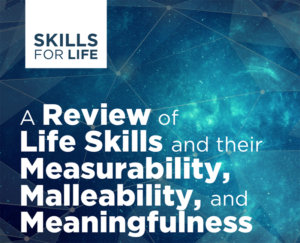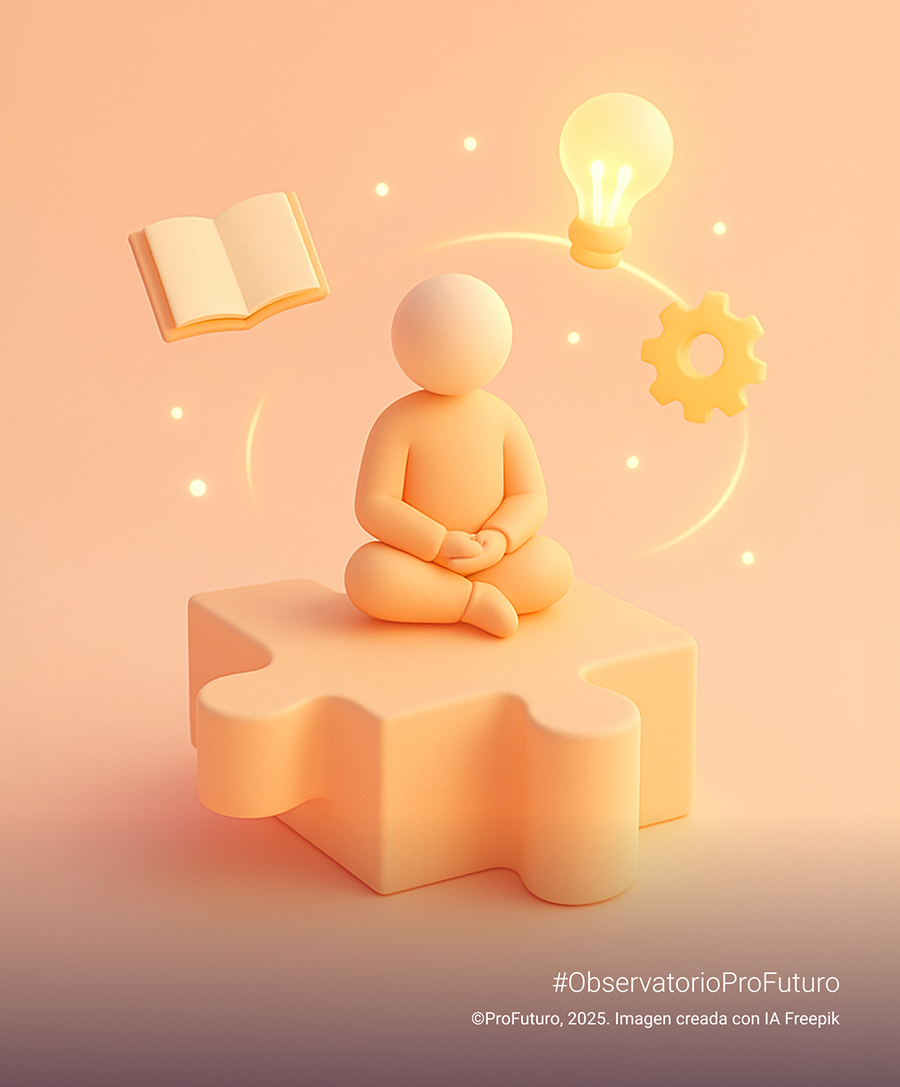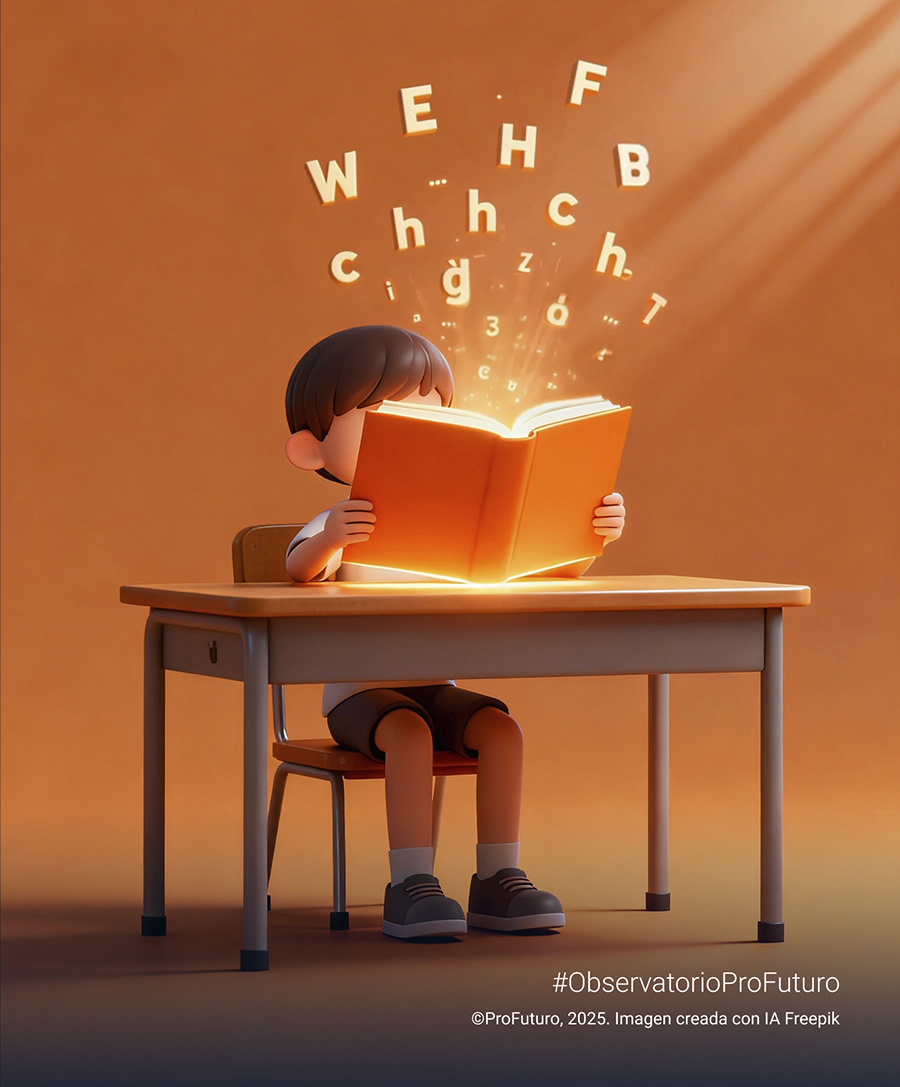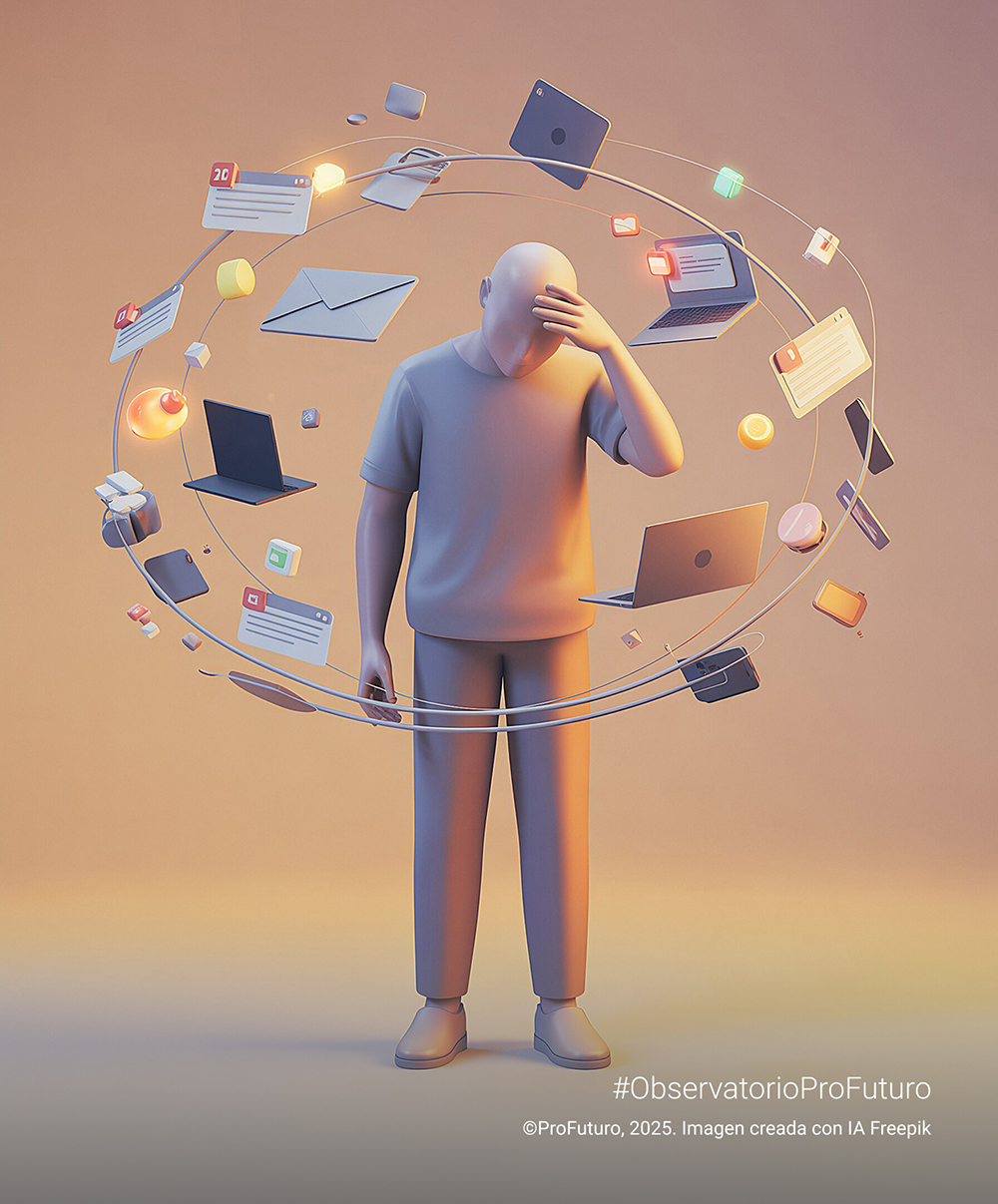Economists call it a “higher-order skill”. Educators prefer “transversal competence”. Most people simply call it “getting by”. Problem solving is something we do every day: when the internet cuts out just before a video call, when we negotiate with a five-year-old who refuses to put on their shoes, or when we face that classic moral dilemma in the classroom: four pupils, three markers.

What’s curious is that this very basic, very human skill has historically been sidelined in formal education. As the Skills for Life: A Review of Life Skills and their Measurability, Malleability, and Meaningfulness report by the Inter-American Development Bank (IDB) states, schools teach formulas, dates and definitions, but rarely how to think through solutions. That’s why, when 30 potential skills were evaluated for educational programmes – from empathy to self-regulation – problem solving stood out as one of the top ten, with high scores in measurability, malleability and “meaningfulness”, or in plain English: usefulness for life.
“Problem solving” means identifying a difficulty, analysing it, thinking of alternatives, deciding, acting, and evaluating how it all went. We do it alone or in groups. Sometimes well, sometimes poorly. But like any skill, it can be taught. And yes: it can also be measured, starting from age four, using tools like the SPSI-R (Social Problem-Solving Inventory – Revised), or even through large-scale assessments like PISA.
Unfortunately, as we’re reminded daily in the news, if there’s one thing the 21st century will continue to offer in abundance, it’s problems. That’s why learning to solve them should be a core task in education.
What Does It Really Mean to Know How to Solve Problems?
The hardest part of a problem isn’t always solving it. Sometimes, the real challenge is knowing where to start. What to look at, what to ignore, what question to ask first. And there we are: faced with an obstacle, a decision, a doubt, the easy route is to freeze. Or to improvise. Or to blame the system, the timetable, or the classmate next to us.
Knowing how to solve problems is not the same as knowing the answer. It doesn’t even mean having one. It’s more about knowing how to navigate uncertainty. According to the IDB, this skill involves analysing a situation with multiple variables, generating viable solutions based on evidence or trained intuition, and selecting the most appropriate one. It sounds simple. It isn’t.
In education, problem solving can be split into two main forms: individual and collaborative. We tend to associate problem solving with a maths exam: a question, a method, an answer. But in real life—and increasingly in education—collaborative problem solving plays an equally important role. It involves working as a team, listening to different ideas, compromising, adapting and building shared solutions. According to the IDB report and OECD frameworks, both approaches are essential, though the collaborative one, despite being more chaotic, fosters crucial skills like communication, social interaction and frustration tolerance. All in short supply.
Behind the concept, there’s more structure than it seems. Solving a problem involves:
- Clearly identifying and defining what’s happening.
- Exploring and comparing possible paths.
- Anticipating consequences (including unintended ones).
- Implementing a solution.
- Evaluating what worked and what didn’t. And starting again.
Experts talk about systems thinking, inductive reasoning, heuristics… but at its core, it all comes down to a very human question: “What do I do now?” Knowing how to answer it – even partially, even with doubt – is a sign of maturity. And a sign that something is going right in school.
Is Problem Solving Teachable? The Evidence Says Yes
A child isn’t born knowing how to tie their shoes. Nor how to settle a playground dispute or choose the best way out of a tricky situation. But something happens along the way: while we learn to tell nouns from adjectives, no one teaches us what to do when things go wrong. Or when someone disagrees with us.
The good news is that problem solving isn’t some innate talent reserved for the gifted. It can be taught. And in fact, it already has been. According to the IDB, there is clear, systematic evidence that this skill is malleable: it improves with practice, guidance, and deliberate experience.
One of the best-documented programmes is The Incredible Years – Dinosaur School. Designed for children aged 3 to 8, the programme is implemented in the classroom and includes a dedicated unit on problem solving. The process is taught in seven steps: identify the problem and the feelings associated with it; generate possible solutions; anticipate consequences; choose the best option; assess whether it’s workable; implement it; and, finally, evaluate the result. All supported by games, role-play, and emotional self-regulation exercises. Studies show the programme results in less impulsivity, more reflection, and better conflict management. Not bad for preschool.
Another example is the IDEAL framework, developed by researchers John Bransford and Barry Stein. It’s based on a simple idea: treat problems as chances to improve something. IDEAL stands for: Identify the problem, Define the goals, Explore strategies, Anticipate outcomes, Look back and learn. Think before you act – and think again afterwards. Basic, but solid.
And in real-world classrooms – 35 pupils, no Wi-Fi, lots of goodwill and few resources – the most effective approach has been Inquiry-Based Learning (IBL): a method that starts with questions, not answers. The IDB documented its impact in over ten field trials between 2009 and 2015, in Argentina, Paraguay, Peru and Belize. In just seven months, students using this method improved in science and maths, even in under-resourced schools.
The secret? Three pillars: real problems, collaborative work, and a teacher who guides but doesn’t solve. In IBL, classes revolve around broad concepts developed over time. Pupils hypothesise, research, debate, verify, adjust. Knowledge isn’t given – it’s built. And that takes structure: good questions, supportive frameworks, and room to make mistakes without penalty.
Take pollution, for example. In traditional teaching, pupils might read and memorise a text. In IBL, they’d face a scenario: “The tap water tastes odd. What could we do?” From there, they investigate, test homemade filters, research, compare, present findings. They learn science with their brains switched on. And they learn to think without losing content.
So yes – problem solving is teachable. And when it’s taught intentionally, with strategy and time, it works. No fancy equipment needed. Just a good question and space to think.
Students don’t need everything solved for them. They need to learn how to look at a problem without fear, to think before they act, to know that getting it wrong doesn’t invalidate the effort.
How Do We Measure Problem-Solving Ability?
Measuring intelligence is hard. So is measuring empathy. Measuring problem-solving skills may seem like a subjective affair. But it’s not. Or not entirely. In fact, there are more tools than one might think – and some are surprisingly sensible.
First, the obvious: it’s not about how many problems a person solves, but how they approach them. The goal isn’t a “correct” solution – often there isn’t one – but the process: observe, think, decide, act, and reflect. And that can be observed, described, and carefully assessed.
One of the most widely used tools is the SPSI-R (Social Problem-Solving Inventory – Revised), developed by D’Zurilla and Maydeu-Olivares. It measures five key dimensions: from positive orientation (believing problems can be solved) to avoidance (procrastinating until the issue resolves itself or explodes). The test has been validated in teenagers and Spanish-speaking populations – which is not trivial.
But it’s not all questionnaires. Performance-based assessments also play a role. PISA, for instance, assessed individual problem solving in 2012 and collaborative problem solving in 2015. The results were varied. Some pupils could handle complex formulas but stumbled over open-ended tasks. Others, more intuitive or used to teamwork, thrived in decision-making even if they couldn’t explain their reasoning. Real life works like that too.
Keys to Teaching Problem Solving in the Classroom
Problem solving isn’t a subject. But it should be present in all of them. It doesn’t require a dedicated slot or a grading rubric. It’s mostly taught when teachers stop providing the “right” answer and start asking questions that invite thinking. That, in a classroom, is worth more than memorising the Visigothic kings.
No need to reinvent pedagogy. What matters is that the classroom allows room for doubt, trial and error. Not everything needs to be pre-packaged. Pupils need freedom – and responsibility – to decide, to make mistakes, and to adapt.
Here are some effective strategies, based on recommendations from the IDB and frameworks like PISA (2012 and 2015):
- Ask questions with more than one possible answer. Instead of “What’s 5 x 4?”, try “How many ways can we divide this among four people?” Make them think, not recite.
- Tolerate silence. The urge to help is strong. But if the teacher fills every gap, pupils learn to wait – not to think. Sometimes the best gift is leaving them alone with a problem for a minute.
- Value the process, not just the result. Ask pupils to explain their steps, why they changed tack, what they ruled out. If it didn’t work, all the better – that’s where learning lives.
- Rotate roles within groups. Let the usual leader listen. Let the quiet one propose. Nothing builds perspective like switching roles.
- Use real, immediate problems. Nothing teaches better than what’s actually lived. “How can we stop wasting water from the school fountain?” might teach more than a whole textbook chapter.
- Don’t simplify conflict. If there’s disagreement, don’t intervene too quickly. Let them discuss, argue, listen. Problem solving also means knowing there’s not always a perfect answer.
Educating to Solve
For years, school worked like an answer machine. Today, perhaps, it should act more like a space for asking good questions. Because students don’t need everything solved for them. They need to learn how to look at a problem without fear, to think before they act, to know that getting it wrong doesn’t invalidate the effort. And that isn’t taught in a day – but it spreads when the classroom allows for thinking.
Programmes can help. Strategies too. But, as often, what matters most is a shift in perspective: a teacher who doesn’t solve everything, but shows how to face anything. That’s enough. And in times like these, that’s a lot.






